Best vintage lenses: give your images a retro look with classic glass
The best vintage lenses give your images a unique character – here are our top picks across the brands, old and new
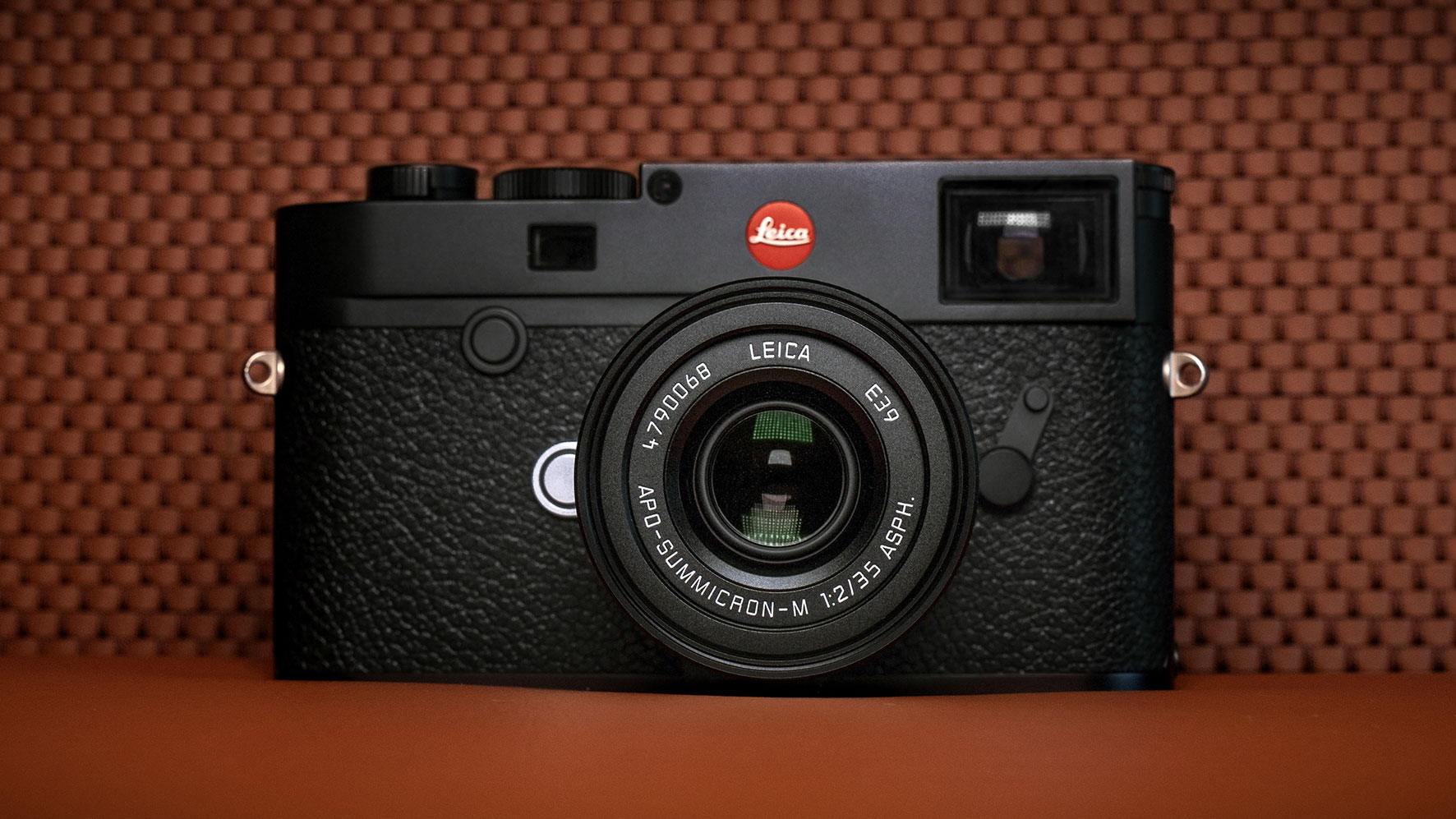
Welcome to our guide to the best vintage lenses. Here we’ve picked out some of the finest vintage glass that’s available right now, for those who want to experiment with their image-making, get a retro-shooting experience, or just try something a little different.
We’ve included a mix of genuine vintage lenses and newer lenses that are designed to provide an avowedly retro experience. This is in order to try and give you as many options as we can that are actually possible to find, afford and use. Think of it like our guide to the best retro cameras, where we’ve picked out the best digital cameras with a vintage design.
But the main thing you should remember is that with vintage lenses, you aren’t looking for perfection. You’re searching for something that’ll give your images a distinct character, rather than the ultimate in sharpness. So if you see an interesting-looking vintage lens available for a good price, go ahead and take the plunge. This guide is designed to give you a starting point to work from .
These lenses are available for various mounts, and we’ve tried to include a broad range of mount options. Remember, however, that since with vintage lenses you’re pretty much guaranteed to be using manual focus, you have much more freedom with mount adapting. There are loads of adapters out there to help you adapt old lenses to newer cameras, and this should give you a great deal of freedom with how you use your vintage lenses.
So let’s get to the list of the best vintage lenses you can buy right now!
Best vintage lenses
Why you can trust Digital Camera World
Voigtländer
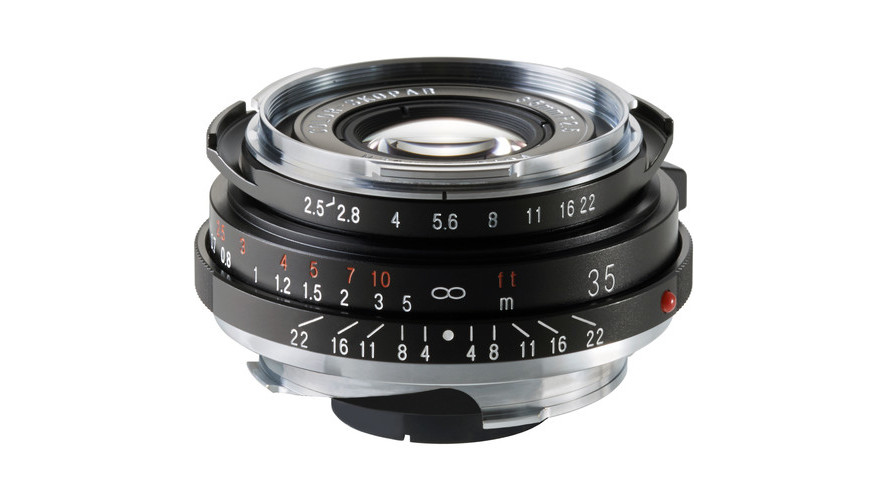
1. Voigtländer 35mm f2.5 VM Color-Skopar P II Lens
Specifications
Reasons to buy
Reasons to avoid
When using a Leica M camera, it’s as much about feel as it is about imaging performance. There’s nothing that quite replicates the feel of shooting on a Leica M camera, and you need a lens that reflects that. The Voigtländer 35mm f2.5 VM Color-Skopar P II Lens is a more recent and affordable lens that provides that vintage feel, with manual focus action and a tiny body that makes the setup incredibly lightweight. With its wide angle of view and tiny build, it’s ideal for travel and the kind of day-to-day city shooting that Leica users tend to go for. It’s not technically perfect by any means, but it is a lens that you’ll probably find yourself reaching for day after day.
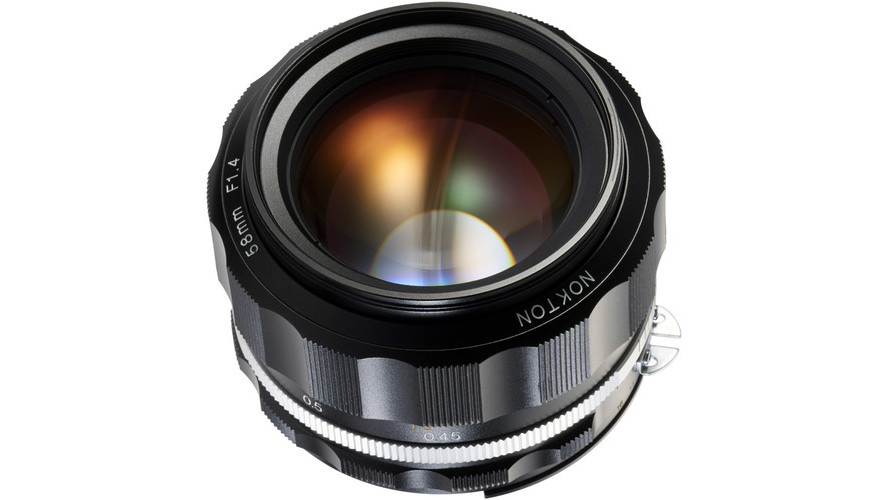
2. Voigtländer 58mm F1.4 SLII-S Nokton
Specifications
Reasons to buy
Reasons to avoid
Nikon F users who are hankering after a retro-feeling lens experience will definitely want to check out the Voigtländer 58mm F1.4 SLII-S Nokton. With a solid, all-metal construction that hearkens back to the rock-solid lenses of yesteryear, this lens really does feel like shooting with a film SLR. Its manual focus action is buttery smooth, and having good sharpness at all aperture settings, even wide open, doesn’t hurt. Also, if you’re not too much of a purist when it comes to the vintage experience, the lens does actually have electronic contacts. So while there’s no autofocus, you can use things like the camera’s aperture control and metering system to streamline your shooting.
Helios

3. Helios 44 58mm f2
Specifications
Reasons to buy
Reasons to avoid
Throughout the 20th century, the USSR mass-produced millions of Helios 44 58mm f2 lenses, so these days it’s pretty easy to find – and affordable too! Popular among vintage lens enthusiasts for its distinctive swirly bokeh effect, the lens is fantastic for portraits and still-life work. The most commonly available version is the M42 mount, but this is pretty easy to adapt, especially for Sony users. The lens is pretty sharp if you focus right, but this can take a bit of practice, meaning it has a slightly unwarranted reputation for being soft. It’s also worth saying that if you use the lens on a camera with an APS-C or smaller sensor, the bokeh effect will be less pronounced.
Lomography
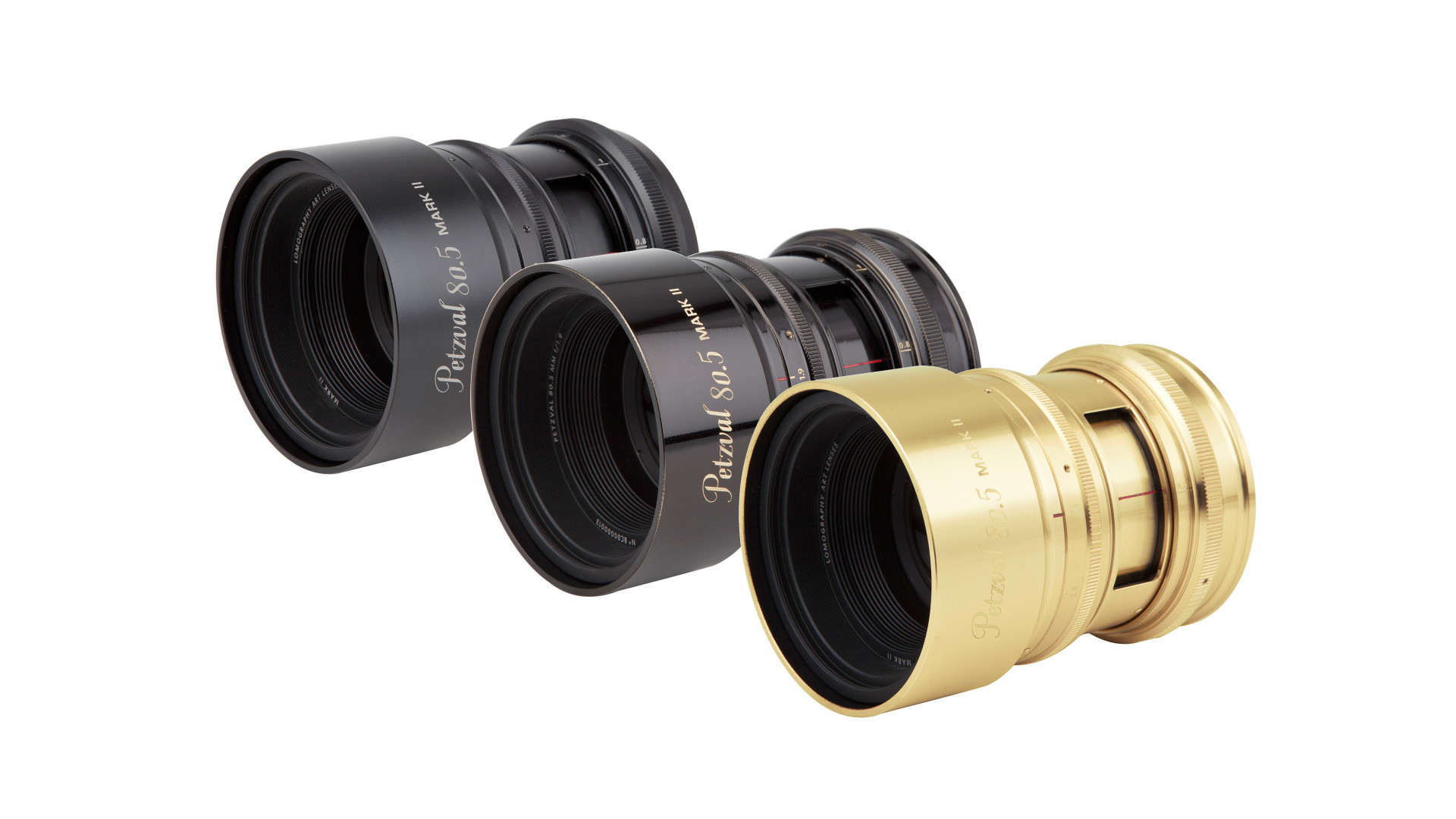
4. Petzval 80.5 mm f/1.9 MKII
Specifications
Reasons to buy
Reasons to avoid
Lomography has made something of a name for itself by resurrecting optics from centuries gone by. The Petzval 80.5 mm f/1.9 MKII, originally financed on Kickstarter, is a revamped, twentieth-century version of an 180-year-old optic, and it provides the kind of distinctive bokeh control the firm is known for. Great for portraits with a difference thanks to its 80.5mm focal length and f/1.9 maximum aperture, the lens allows you to control the shape and style of your bokeh manually. You can even insert different bokeh plates to dramatically change the character of defocused areas. It takes some learning to get to use the lens, and focusing is quite challenging, but it’s great fun too. Plus, all things considered, it’s well priced, and having Canon EF and Nikon F mounts makes it pretty broadly usable.
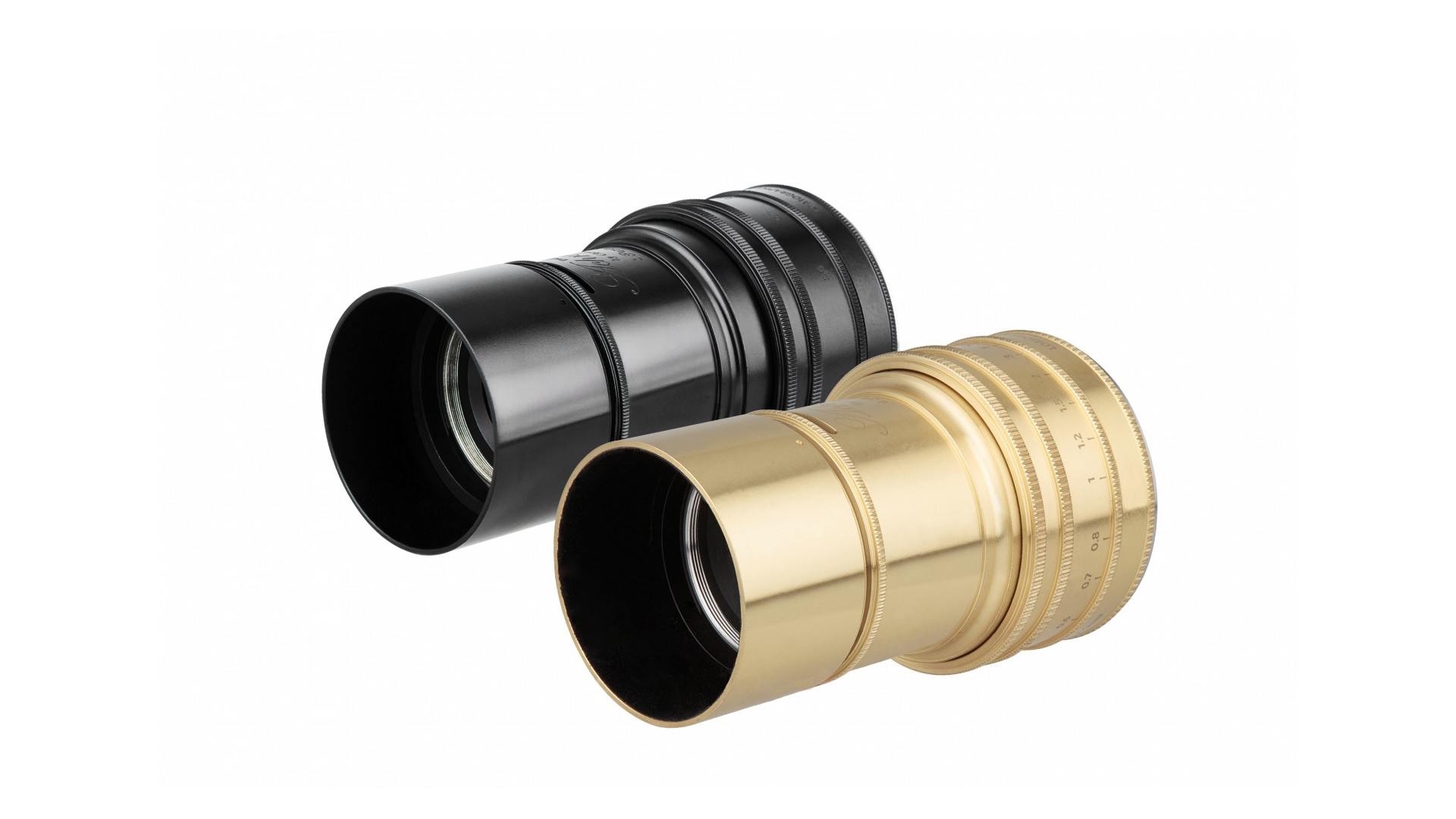
5. Daguerreotype Achromat 2.9/64
Specifications
Reasons to buy
Reasons to avoid
An older Lomography resurrection, the Daguerreotype Achromat 2.9/64 is a lens that’s got loads of creative potential, once you get used to using it. It delivers a soft (and we really do mean soft) and glowing look to images that brims with classic cool – that is, as long as you don’t blow the focus completely. Which is easy to do! The Waterhouse Aperture system requires swapping out removable plates, and while this lets you control the bokeh and create distinctive effects, it’s also more labour intensive than turning a ring or tweaking a setting. This is not a lens for grab-shots or spontaneity – getting good results requires planning, and deliberate placement of subject and camera. This is no bad thing in our view, but it’s something to be aware of.
Leica/Leitz
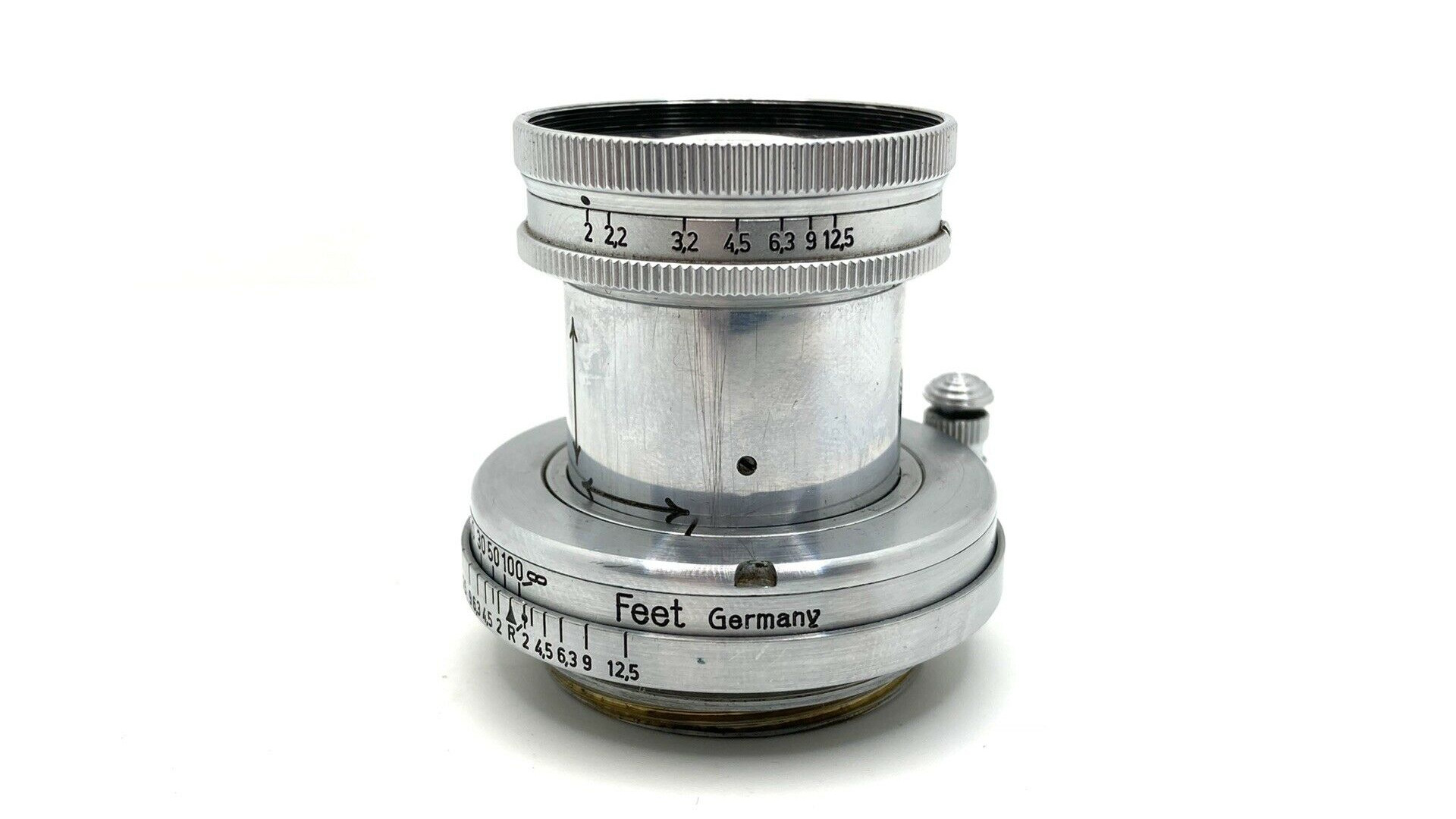
6. 50mm f/2 Leica/Leitz Summar
Specifications
Reasons to buy
Reasons to avoid
Don’t worry – Leica and Leitz are the same thing. “Leica” is in fact a portmanteau of “Leitz Camera”, named for original founder Ernst Leitz. So you may see lenses like the 1937 50mm f/2 Summar referred to as Leica or Leitz, but in practicality it means the same thing. This is a proper classic Leica lens, handling like a dream with mechanical engineering that still feels perfect today. Focusing action is dreamy, and the aperture turns just-so. It’s sharp enough to compete with today’s lenses, although it lacks the sophisticated coatings of modern optics, which can lessen contrast, but a lens hood can be your friend here. It’s a popular lens, so it’s worth taking your time and hunting for a good deal on eBay.
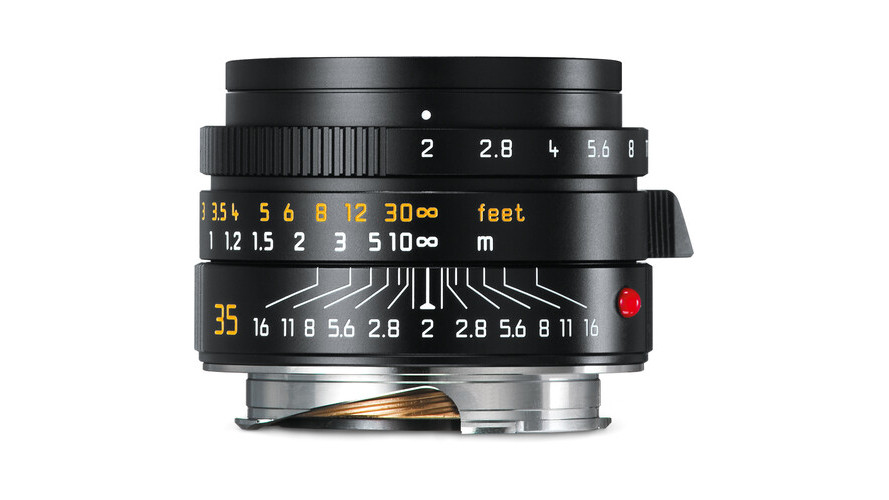
7. Leica 35mm f/2 ASPH Summicron-M
Specifications
Reasons to buy
Reasons to avoid
The Leica 35mm f/2 ASPH Summicron-M is a successor to the 50mm Summar listed above, and it originally made its debut in 1996. It’s a lens you can’t argue with. Its 35mm focal length works in a huge plurality of shooting situations, its manual handling is sublimely tuned, its metal build is hardy and robust, and its tiny frame means you can take it anywhere. A photographer could spend their entire working life shooting with nothing but this lens – indeed, some do. If you’ve got a Leica M body, this is pretty much the perfect partner for it.
Pentax / Asahi Pentax
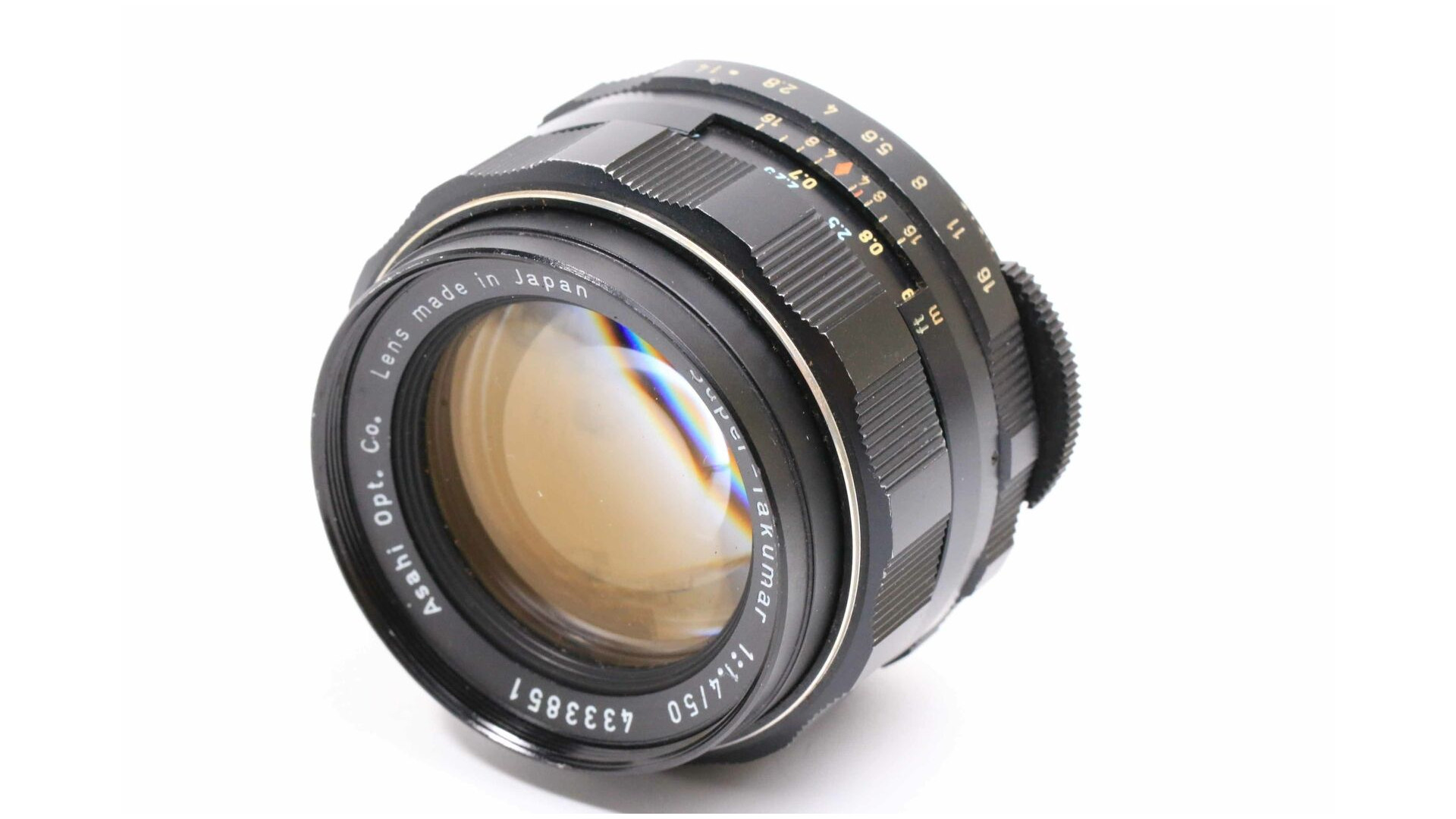
8. Asahi Pentax Super-Takumar 50mm f/1.4
Specifications
Reasons to buy
Reasons to avoid
Originally released as a competitor to Zeiss back in the 1960s, the Asahi Pentax Super-Takumar 50mm f/1.4 comes in a few different versions. There’s an 8-element version and a 7-element version, and eBay sellers won’t always know or bother to specify the difference. The 7-element version has a noticeable “yellowing” effect in the glass, so try and get the 8-element version if you want to save yourself a job of colour-correcting. Whichever version you get, the lens has a well-earned reputation for being tack-sharp even at wide aperture settings. It’s also prone to flare, which some users dislike, but others find adds a visually distinctive touch to their backlit images. The M42 mount is easy enough to convert to other fits, especially Sony, so plenty of users have the option to try out this lens.
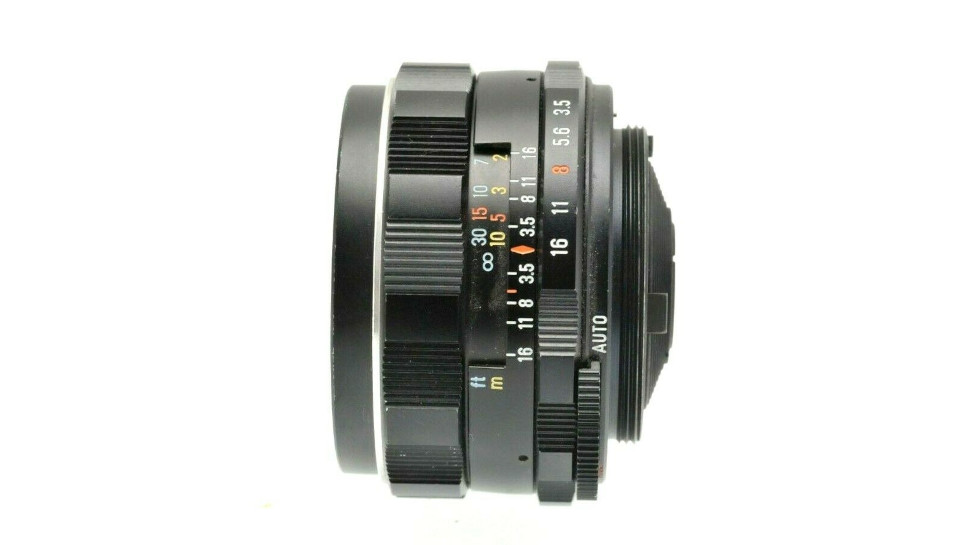
9. Pentax Takumar 35mm 3.5 Lens
Specifications
Reasons to buy
Reasons to avoid
Shopping for vintage lenses is as much about finding a bargain as it is finding a highly prized, rare optic, and the Pentax Takumar 35mm 3.5 Lens is definitely a bargain. It’s widely available online for two-digit prices, and provides an impressively sharp performance across the image area, in a very useful focal length. Some users might complain that f/3.5 is a bit slow, and it is, but for daytime shooting, it’ll work just fine. The lens was made for M42 mount and Pentax K, so you should be able to adapt it to fit without too much trouble.
Zeiss
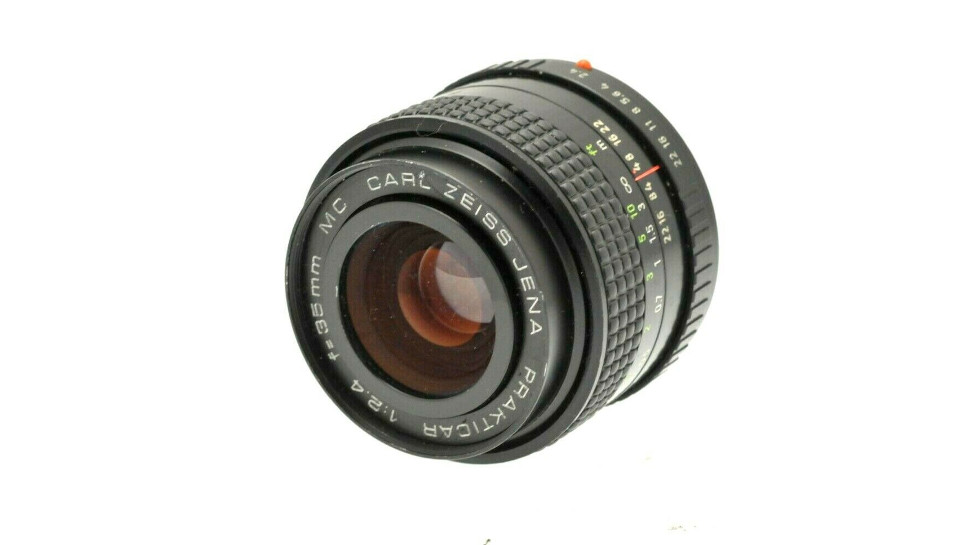
10. Carl Zeiss Jena Flektogon 35mm 2.4
Specifications
Reasons to buy
Reasons to avoid
One thing that older lenses tend to struggle with is close focusing, and here the Carl Zeiss Jena Flektogon 35mm 2.4 rises above the competition. Its generous 0.2m (give or take) close focusing distance gives you much more shooting flexibility than other vintage lenses, and having a good all-purpose 35mm focal length means you’ve got a lens you might find yourself reaching for in all sorts of situations. Sharpness is good and flare is well-controlled, making for a reliable lens – though arguably it has a little less character than many other vintage lenses. Flare isn’t always a bad thing when you’re shooting for something different. Still, this is a reliable and consistent all-purpose lens that’s generally available for a good price.
Read more:
• Best film cameras
• Best retro cameras
• Best film scanners
• Best darkroom equipment
Get the Digital Camera World Newsletter
The best camera deals, reviews, product advice, and unmissable photography news, direct to your inbox!
Jon spent years at IPC Media writing features, news, reviews and other photography content for publications such as Amateur Photographer and What Digital Camera in both print and digital form. With his additional experience for outlets like Photomonitor, this makes Jon one of our go-to specialists when it comes to all aspects of photography, from cameras and action cameras to lenses and memory cards, flash diffusers and triggers, batteries and memory cards, selfie sticks and gimbals, and much more besides.
An NCTJ-qualified journalist, he has also contributed to Shortlist, The Skinny, ThreeWeeks Edinburgh, The Guardian, Trusted Reviews, CreativeBLOQ, and probably quite a few others I’ve forgotten.

